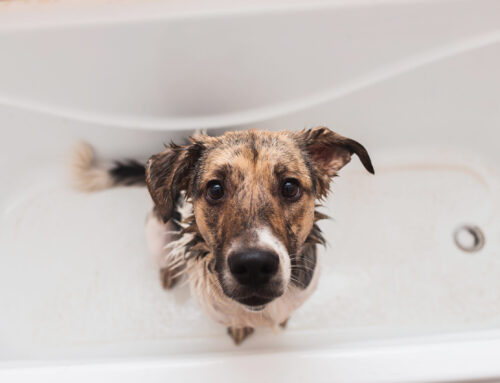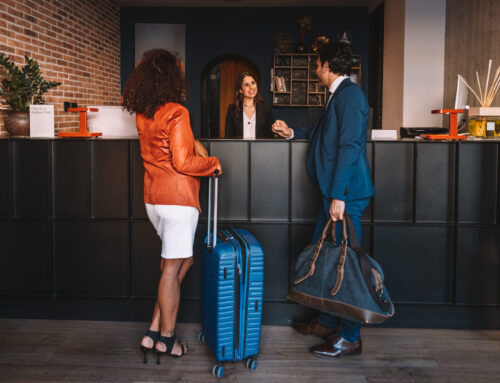Healthier buildings require indoor air quality improvements.
New healthy building standards and regulations require upgrades to improve energy efficiency in hospitals, schools, and other commercial buildings.
New standards also pertain to indoor air quality (IAQ), and since the COVID-19 pandemic, both the American Society of Heating, Refrigerating and Air-Conditioning Engineers (ASHRAE) and the CDC recommend the adoption of higher MERV-rated air filters in commercial buildings for healthy indoor air. States like California have even made it mandatory for buildings to use MERV 13 filters, which reduce greenhouse gas emissions (GHG).
In California, homes and businesses use nearly 70 percent of the state’s electricity and are responsible for a quarter of its GHGs. This was the catalyst for the Building Energy Efficiency Standards and Title 24, which require all buildings to comply with MERV 13 rated air filters to lower GHGs by using less energy and reducing pollutants and climate-changing gases.
Why MERV 13 filters?
A MERV (Minimum Efficiency Reporting Value) rating measures a filter’s effectiveness in capturing airborne particles. The MERV rating system spans from 1 to 16 and traditionally, the higher the rating, the higher the filtration. However, high MERV ratings can put a greater strain on an HVAC system, especially in older facilities.
Since the pandemic, MERV 13/13A rated filters are now considered the standard for minimum filtration. This rating is also usually the best MERV for homes, as well as for hotel air filtration. An “A” designation clearly signifies the authenticity of the filter’s rating and safeguards against misleading marketing practices.
MERV 13A filters meet new guidelines for healthy indoor air, and help older facilities improve filtration without straining mechanical equipment. The filters effectively help healthcare, assisted living, education and other commercial facilities become healthier buildings.
How to Comply with Title 24.
From cost to HVAC system wear and tear, becoming Title 24 compliant can pose challenges.
There are only three real options for improving IAQ, especially where MERV 13 ratings are mandated and expected:
- Using electrostatic filters: Inadequate, because the filters lose efficiency quickly as electrostatic charges are depleted by humidity.
- Renovating an entire HVAC system: Incredibly cost-prohibitive.
- Introducing a new filter that leverages pioneering technologies: Winner!
Greentech’s HVAC filters are setting a new standard for air filtration.
Greentech’s innovative HVAC filters combine high-capacity, ultrafine filtration (nanofiber), and advanced odor elimination (ODOGard®) to offer a cost-effective solution for improving IAQ and meeting MERV 13 ratings and Title 24 compliance.
Greentech’s R&D team combined the two technologies to meet the demands of both modern and older HVAC systems and address the requirements of post-pandemic facilities.
- Nanofiber: Captures the tiniest of particles and enables a reduced pressure drop.
- ODOGard®: Completely vanquishes volatile organic compounds (VOCs), gases, and odors from the air.
This combination gives Greentech’s filters the dual benefits of a mechanical filter—capable of removing particulates like any other MERV 13A filter with reduced pressure—and a gas-phase filter that eliminates odors and other VOCs at the molecular level.




